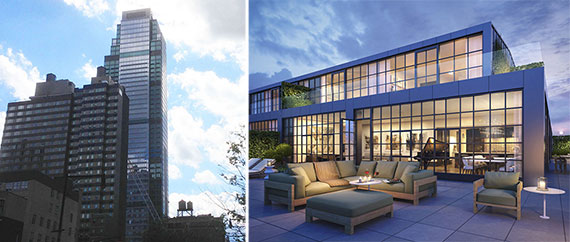Almost half of the new development listings in the two boroughs priced at $10 million or more during the first quarter of 2015 were located in Lower Manhattan, rather than Midtown and other traditional bastions of wealth, according to Halstead Property Development Marketing’s inaugural new development report. In comparison, Billionaires’ Row houses 20 percent of the units at that price point.
The report also shows a “solidification of the marketplace in Brooklyn,” Stephen Kliegerman, president of Halstead Property Development Marketing, told The Real Deal during a phone interview Tuesday.
Halstead Property Development Marketing’s report focused exclusively on Manhattan and Brooklyn due to a lack of new condo product in other boroughs, Kliegerman said. Brooklyn saw 25 percent of all new development deals under consideration, a 20 percent increase since the fourth quarter of 2014, according to the report. The average price per square foot of closed new development sales in Brooklyn rose 11 percent quarter-over-quarter to $1,231. Sales at the Stahl Organization’s 388 Bridge Street as well as at Slate Property Group and Adam America Real Estate’s 51 Jay Street helped spur that growth.
In Manhattan, the average price per square foot for a new development condo was $2,691 per square foot during the first quarter of 2015, according to the report. Most of the borough’s new development activity took place in Lower Manhattan, with 300 units closing or entering contract, 73 of which were located in the Financial District.
In Brooklyn, the highest concentration of new development activity was found in Downtown Brooklyn (53 units), Williamsburg (48 units) and Boerum Hill (47 units), according to the report.
Buyers of new development units in Manhattan, Kliegerman said, respond best to two-bedroom apartments. In Brooklyn, both one- and two-bedroom units are equally popular.
Kliegerman said he expects the market to look similar a year from now. New condo inventory will continue to dwindle in Manhattan, prices will keep going up in Brooklyn, and the strong dollar isn’t likely to deter foreign investment, he said.
